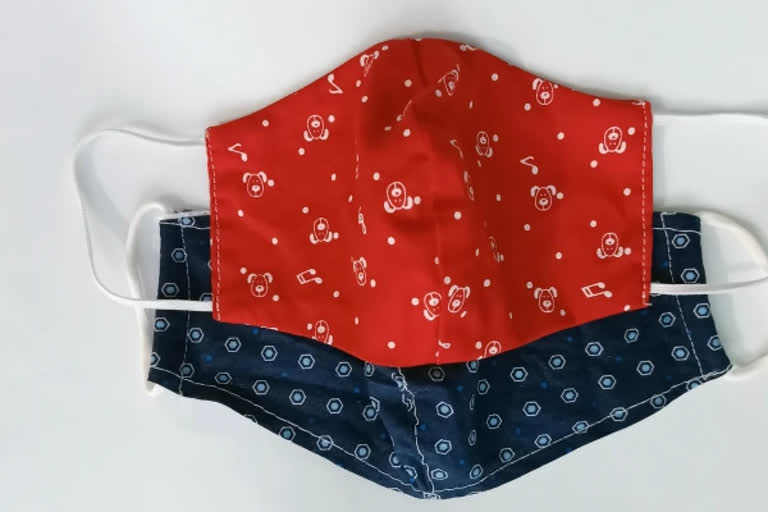Guwahati: In the wake of the ongoing pandemic, researchers from IIT-Guwahati have developed a ‘Nanometer Thick Superhydrophobic Coating’ material to modify ordinary cloth or silk masks that will maintain its comfort but offer better protection against aerosol-driven infections such as Covid.
According to the World Health Organisation (WHO) guidelines, N95 masks or double masking protects people to a great extent from Coronavirus. But, the drawback is that people undergo suffocation after wearing them for a long time. Besides, N95 are costly and thus unaffordable to large sections of the population. Instead, people resort to cheaper and readily-available cloth and silk masks.
To address these challenges, IIT Guwahati developed a breathable yet equally safe alternative to N-95 masks to modify the easily-available cloth mask into a hydrophobic mask. This would be a safer, economical and comfortable alternative to repel virus-laden droplets and avoid breathing difficulties even when worn for a longer period of time. Another advantage is that these masks are versatile and can be used with other additives such as antibacterial nano-material for additional protection against viruses.
The research was led by Pro Arun Chattopadhyay from the Department of Chemistry and Centre for Nanotechnology, IIT Guwahati and Dr Partho SG Pattader from the Department of Chemical Engineering, School of Health Science and Technology and Centre for Nanotechnology, IIT Guwahati. The team also included three students Prerona Gogoi, Sunil Kumar Singh and Ankur Pandey. This work is recently published in the reputed peer-reviewed journal ACS Applied Bio-Materials.
Highlighting the unique aspects of this research, Prof Chattopadhyay said, “A cloth mask is largely porous to aerosol and thus cannot effectively prevent Covid type infection. Although they are still better than wearing no mask, an improved version that would prevent the entry or exit of the aerosol from the modified cloth mask was needed. We have worked on that based on the principle of repulsion of the aerosol by the modified cloth while allowing the air to flow through the mask. A simple coating of the hydrophobic molecule on the silk cloth worked well here.”
